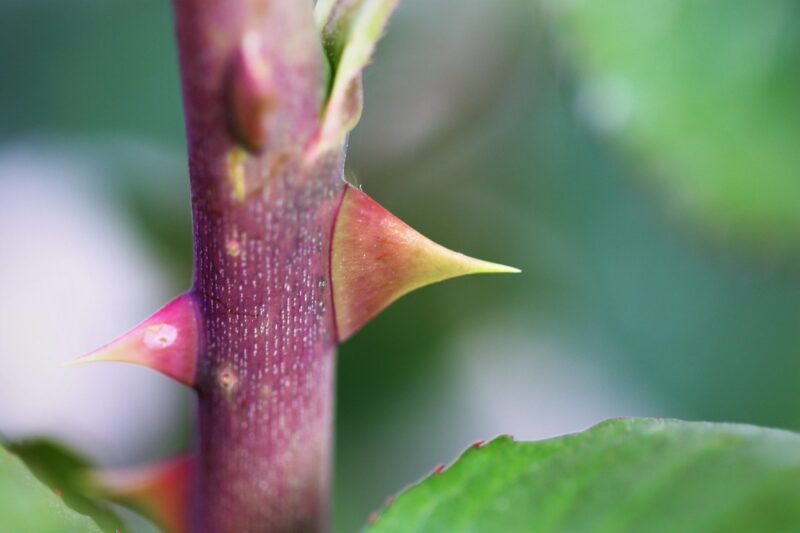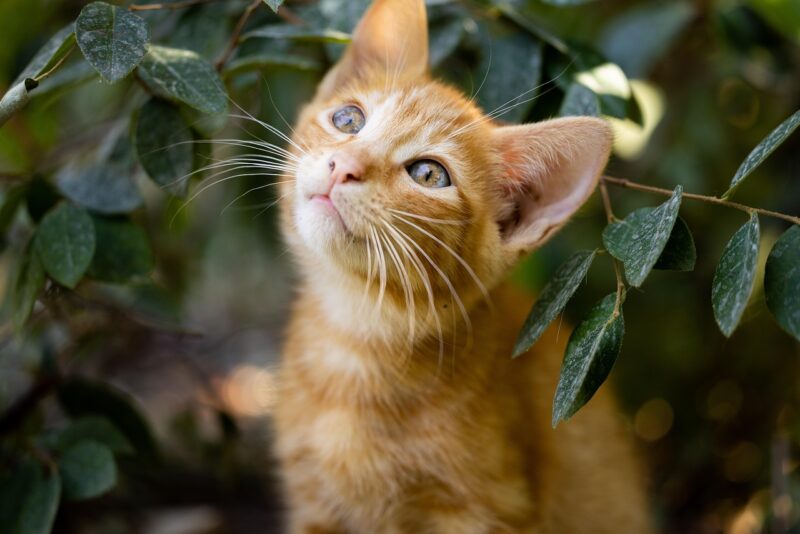In this guide, we’ll explore this question in exquisite detail, uncovering the truths behind rose toxicity, the types of roses, potential risks, and tips for keeping your feline safe in a rose-filled environment.
Are Roses Toxic to Cats?
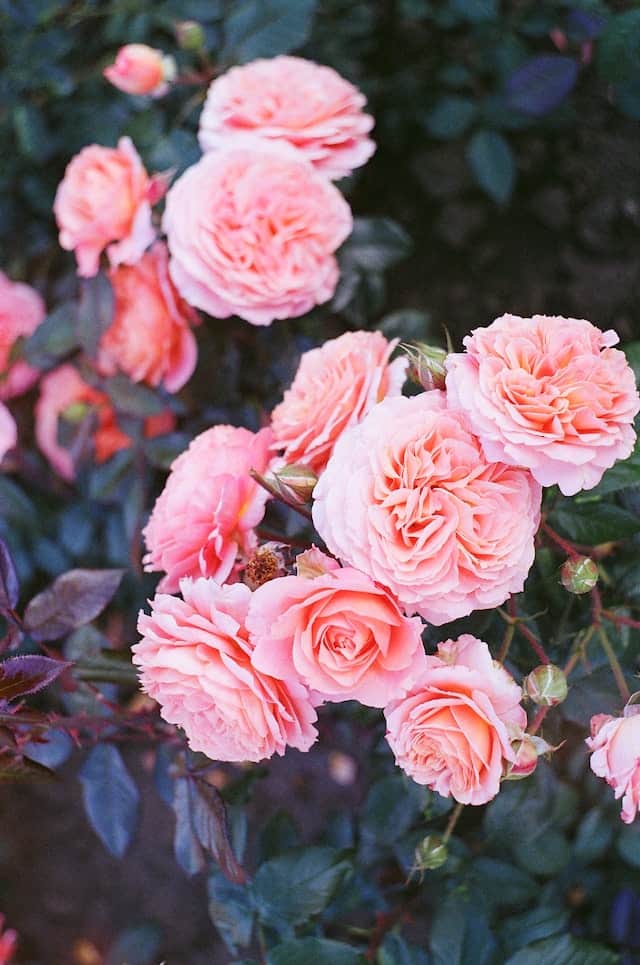
The good news is that roses themselves are not classified as toxic to cats. The ASPCA (American Society for the Prevention of Cruelty to Animals) lists roses as non-toxic, meaning they do not produce harmful effects on cats when ingested in small quantities. However, this designation comes with caveats, as there are factors and conditions worth exploring in detail.
Understanding Toxicity Levels
While roses are non-toxic, that doesn’t mean they are entirely devoid of risk. Even non-toxic plants can pose dangers depending on the situation. For example, if a cat chews on rose stems or leaves, it could lead to gastrointestinal upset due to the fibrous nature of the plant material. Symptoms may include vomiting, diarrhea, or discomfort in the digestive tract.
Moreover, some flowers or plants that are often placed in bouquets alongside roses may indeed be harmful. Plants such as lilies, tulips, and certain types of daisies are known to be toxic to cats. If your cat has access to bouquets that contain a mixture of flowers, the risk of exposure to a toxic plant significantly increases, even if the roses themselves are safe.
Factors Influencing Reactions
Individual cats can react differently to various plants. For instance, some cats might have more sensitive stomachs than others, leading to adverse reactions even from non-toxic plants. The age, health status, and environmental factors could also play a role in a cat’s susceptibility to plant material. Additionally, if a cat consumes a large amount of any plant material—even a non-toxic one—it can lead to complications that may require veterinary care.
If a cat is displaying unusual behavior after chewing on a rose, such as lethargy, excessive grooming, or other health concerns, it’s essential to consult a veterinarian for further advice.
What About Thorns?
While the petals and leaves of roses may be non-toxic, the thorns that are characteristic of many rose bushes do present their own potential hazards. Cats are playful and may inadvertently injure themselves while investigating or playing with a rose bush. Thorn wounds can lead to pain, bleeding, or even infections if not properly treated.
Preventing Injuries from Thorns
To prevent injuries to your cat, consider the following steps:
Placement: If you have rose bushes in your garden, ensure they are in an area that is off-limits to your cat. You can create a physical barrier or even consider planting non-thorny varieties if necessary.
Supervision: If you bring cut roses into the home, supervise your cat’s interaction with them. Keep flowers out of reach or in a space where your cat cannot explore, such as high shelves or enclosed rooms.
Education: Educate yourself and other household members about the potential dangers of thorns. Ensure that everyone understands the importance of keeping floral arrangements out of reach from curious paws.
Other Concerns: Chemical Treatments and Pesticides
Another significant factor to consider is how roses are treated in gardens or during their growth. Many gardeners use pesticides, herbicides, and fertilizers to keep their roses healthy. While roses themselves may be safe for cats, the chemicals used on them or in the surrounding garden can pose a serious risk.
Chemical Exposure and Cats
Cats are particularly sensitive to certain chemicals, which can lead to toxicity even in small amounts. Pesticides and herbicides can cause a range of symptoms from mild irritation to severe gastrointestinal issues or neurological problems, depending on the chemical composition and dosage.
Choosing Safe Alternatives
To ensure a safe environment for your cat, consider these tips:
Organic Gardening: Opt for organic methods for pest control and plant nourishment. Many organic pesticides are derived from natural sources, making them less harmful than their chemical counterparts.
Avoid Common Chemicals: Research any products you’re using to determine their safety for pets. Look for alternative solutions that are pet-friendly.
Wash Fresh Flowers: If you bring roses home, rinse them thoroughly to remove any pesticide residue before placing them in a vase. This precaution can help minimize chemical exposure for your cat.
Recognizing Symptoms of Toxicity or Illness
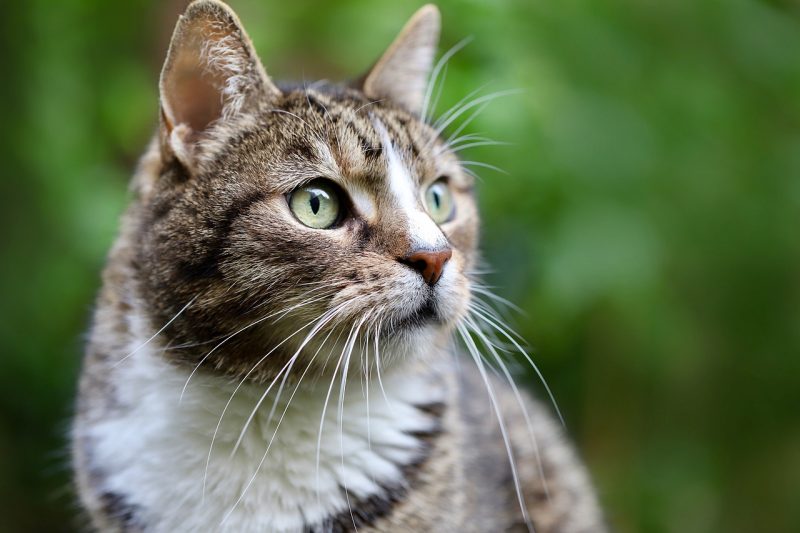
Should your cat accidentally ingest any part of a rose or come into contact with chemicals used for rose care, it’s essential to know how to recognize signs of distress or illness.
Potential Symptoms to Monitor
Gastrointestinal Distress: Symptoms such as vomiting, diarrhea, or lack of appetite can indicate that something is amiss. While these symptoms do not necessarily point to toxicity from roses, they warrant attention.
Behavior Changes: Lethargy, excessive grooming, or playful behavior shifting to disinterest can all be signs of discomfort or illness.
Physical Injuries: If your cat appears to have injured itself on a thorn, observe the wound closely for signs of infection, swelling, or persistent bleeding.
When to Seek Veterinary Attention
If your cat shows any concerning symptoms after interacting with roses or floral arrangements, it’s crucial to seek veterinary care promptly. Even non-toxic plants can lead to complications in certain situations, and a veterinarian will provide the best course of action based on your cat’s condition.
Understanding Cat Behavior Around Plants
Cats are instinctively drawn to a variety of textures and scents in their environment, making flowers and plants appealing. Roses, with their delicate petals and fragrant aroma, can trigger curiosity in cats. Understanding this behavior can help you take proactive steps to keep both your roses and your cats safe.
Exploring Why Cats Nibble on Plants
Boredom or Playfulness: Cats may nibble on plants out of boredom or as a form of play. Providing alternative sources of entertainment, such as toys or scratching posts, can redirect their attention away from your plants.
Instinctual Behavior: In the wild, some cats exhibit behaviors that involve chewing on plants. Some scientists believe that cats may instinctively consume certain plants to induce vomiting or aid digestion.
Curiosity: Cats are naturally inquisitive beings. They explore their environment using taste and smell. If your cat is attracted to roses, it may simply be investigating a new and intriguing object.
Healthy Alternatives to Satisfy Their Curiosity
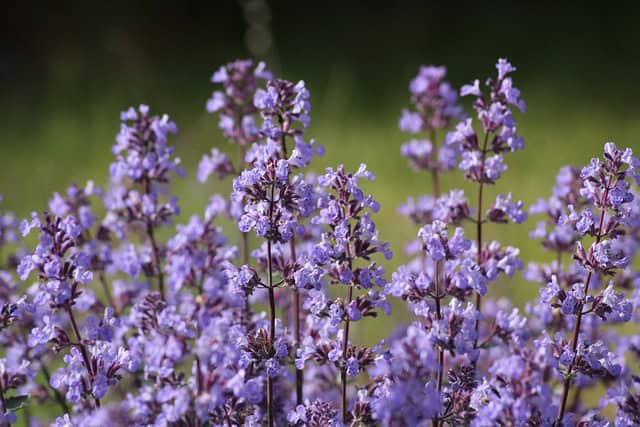
If you are concerned about your cat’s interest in your roses, consider providing them with safe alternatives:
Cat Grass: Cat grass, often made from wheat or oat, allows your feline friend to safely nibble without the risks associated with other plants.
Catnip: This delightful herb can provide stimulation and amusement for cats, often eliciting playful reactions.
Catmint: Similar to catnip, catmint can engage cats’ senses and keep them entertained without the risks associated with roses.
Creating a Cat-Friendly Home
As a cat owner, designing a cat-friendly living space can help protect your pets from potential hazards while still allowing you to enjoy your beloved plants and flowers. Here are some strategies for maintaining both the beauty of your home and the well-being of your cats.
Room Design and Plant Placement
High Shelves: Consider placing floral arrangements and houseplants on high shelves or window sills to keep them out of reach.
Separate Zones: Create zones in your home that are designated for your plants, away from areas where your cat usually roams.
Enclosures: Use plant stands or enclosed terrariums for displaying flowers or sensitive plants to prevent your cat from accessing them.
Education for Household Members
Make sure everyone in your household understands the importance of keeping potentially harmful items away from your pets. Discuss what plants are safe and which ones may pose risks, ensuring a collaborative effort in maintaining a safe environment for your feline companion.
Conclusion: Harmonizing Roses and Feline Safety
In conclusion, while roses themselves are not toxic to cats, it’s crucial to remain vigilant about the surrounding dangers. From thorns to potential chemical exposure and the risks posed by other toxic plants, keeping your furry companions safe while enjoying the beauty of roses involves a multifaceted approach.



